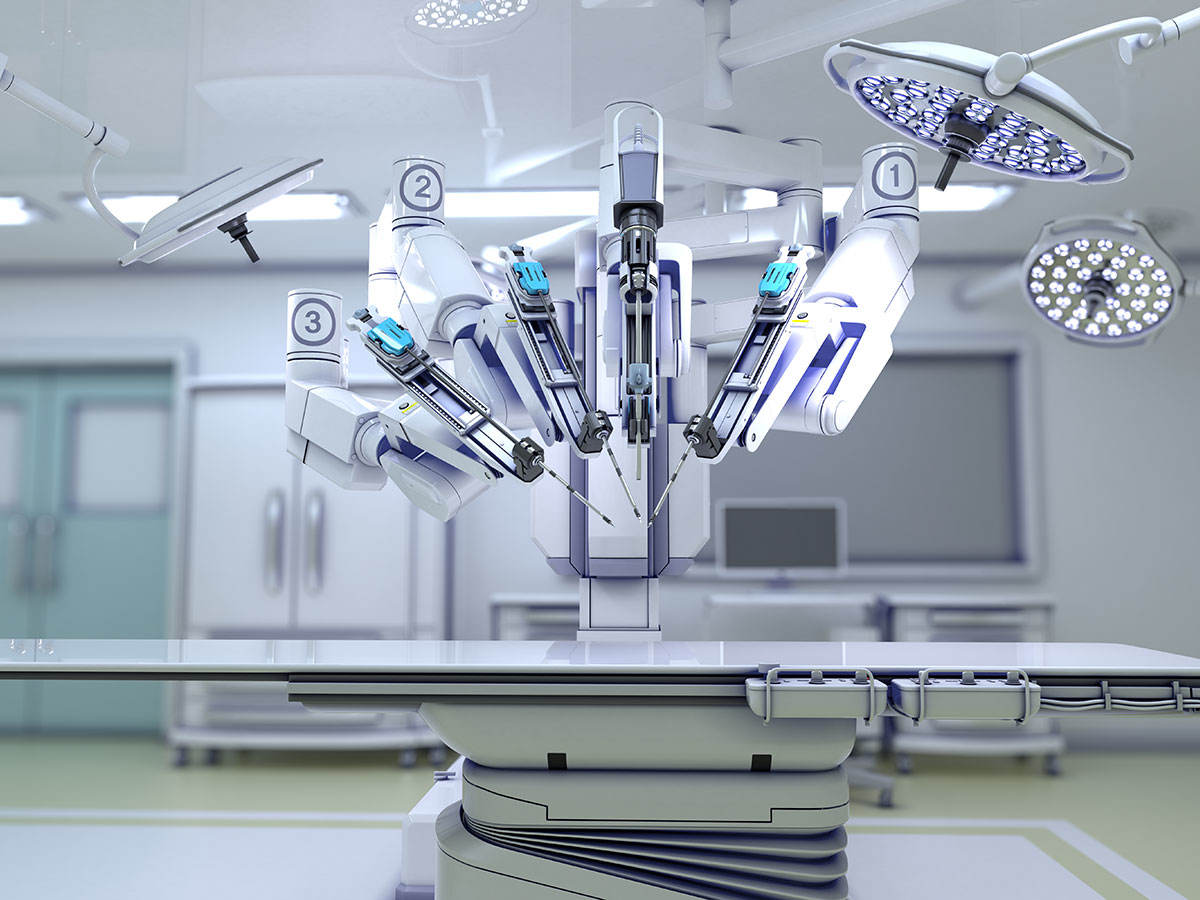November 6, 2019
Innovative advancements in healthcare technology often come about through necessity. These new devices offer new opportunities and enhancements in patient safety. One of these emerging technologies is robotics. As healthcare professionals and facilities adopt robotics into patient care, it is important these devices are properly tested for safety, operation and compliance.
In July 2019, The International Electrotechnical Commission (IEC) has published standards to address specific robotic applications in the Medical arena: IEC 80601-2-77 and IEC 80601-2-78, Medical Electrical Equipment. The standards were the result of several years of work by joint committees of IEC and ISO individuals representing industry, test houses and regulators working to develop requirements to address the unique issues covered by these technologies.
IEC standards for healthcare robotics
IEC 80601-2-77 – Particular requirements for the basic safety and essential performance of robotically assisted surgical equipment was written for Robotically Assisted Surgical Equipment (RASE) and Robotically Assisted Surgical Systems (RASS). It is understood that RASE is an emerging technology with a wide range of configurations and intended uses. Typically, RASE are not used by itself in surgery. It is usually integrated with our ME Equipment (such as endoscopic, HF surgical equipment) However, there are certain common aspects in this type of ME Equipment, such as the use of robotic technology to accurately place and manipulate robotic surgical instruments.
The requirements in the standard were developed based on this understanding. Concepts related to robotic surgery configuration, interaction conditions and interface conditions are introduced to maintain safety under such combinations of use.
Further, they mostly focus on the safety of the robot part. Basic safety and essential performance of robotic surgical instruments with other dedicate particular standards (ex, 60601-2-2, 6060-2-18) are not specifically addressed in 80601-2-77; it is intended to complement those standards and is to be used in conjunction.
IEC 80601-2-78, Medical Electrical Equipment – Particular requirements for basic safety and essential performance of medical robots for rehabilitation, assessment, compensation or alleviation applies to medical robots that physically interact with a patient with an impairment to support the patient's movement functions.
This standard covers a wide variety of medical devices, known as Rehabilitation Assessment Compensation Alleviation (RACA) robots:
- Rehabilitation robots are used in the treatment to improve movement functions related to an impairment of the patient.
- Assessment Robots are used during a procedure to quantify or to aid in the qualification of the level of impairment of a patient
- Compensation Robots are used for mitigation of impairment of a patient through support of body structures or through support or replacement of body functions
- Alleviation Robots are used to ease symptoms due to an impairment of the patient
RACA robots are constructed with programmed, actuated mechanisms with a degree of autonomy, allowing them to move within their environment to perform the intended tasks.
Exoskeleton RACA robots are seen in the market place today. Due to their unique features a new subcategory was created to ensure appropriate requirements are applied. This new term is intended to be a subcategory of transportable ME equipment and ME Systems. Walking is defined as “Mobile equipment that, once installed and placed into service, is intended to move from on location to another, by making reciprocating motion having intermittent contact with the travel surface and the RACA robot.
Walking RACA robots are anticipated to operate in different scenarios:
- Free walking by the patient (without any other support than given by the Walking RACA robot)
- Free walking by the patient with use of additional supports such as crutches, walker/rollator
- Walking supported by an operator that is not the patient
- Walking supported or secured by a suspension system.
The designers of the standard were also aware that another aspect that had to be defined and addressed relates to situation awareness. The standard defines situation awareness as “operator's perception comprehension and projection of a RACA Robots behavior in its environment. Situation awareness allows the operator of the RACA Robot to react appropriately and timely to the RACA robot's behavior both under normal use and single fault conditions”. The standard provides indication where situation awareness should be addressed by the manufacturer.
As the use of these robotic devices increases, safety from development trough implementation is crucial. UL is pleased to announce that we are prepared to partner with developers and manufacturers to assist them with IEC 80601-2-77 and IEC 80601-2-78 testing and compliance.

